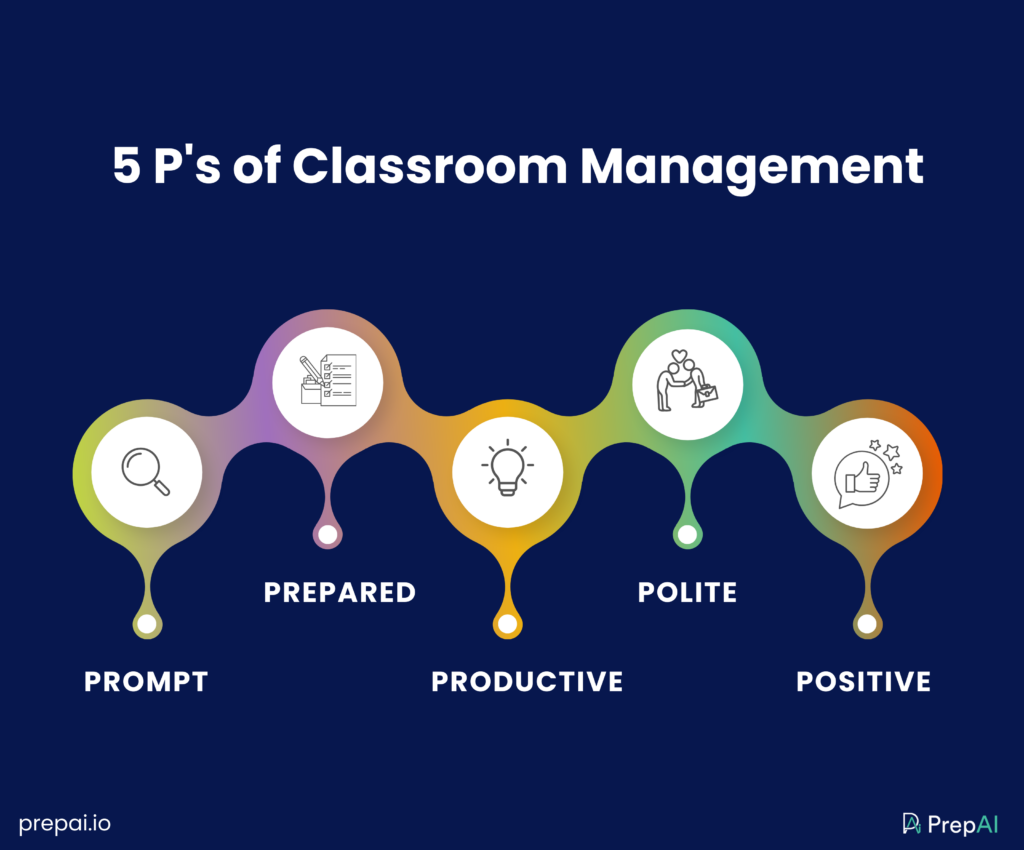Hybrid classrooms blend in-person and online learning, allowing students to participate from a location of their comfort without losing out on the content taught. Effective time management and technology integration are key to ensuring a smooth and efficient teaching experience.
Hybrid classrooms in a post-Covid-19 world have changed the arena of learning and education. This model offers flexibility but also presents challenges in engagement, lesson planning, and assessment. Keeping a tab on students both online and in-person, keeping digital resources organised, and maintaining student engagement are some of the challenges teachers have had to adapt to. Managing time is also critical in creating a seamless learning experience while avoiding burnout. For example, teachers can also use AI self-assessment tools to conduct tests, and encourage independent learning, reducing the need for constant intervention.
Below are time management tips for teachers that will help teachers optimize their workflow in a hybrid learning environment.

1. Leverage AI-Powered Tools for Efficient Assessment Creation
AI serves as an excellent tool to create assessments and check a student’s progress, making the process of designing quizzes and grading them less time-consuming. Teachers can now easily develop assessments using tools such as an AI quiz generator, saving valuable time in preparation. An AI-powered tool like a question generator from text can produce relevant questions based on the study material, decreasing the time required for teachers to formulate questions one by one. A test maker for teachers ensures that quizzes align with curriculum objectives and cover the required concepts comprehensively.
Mastering the tools greatly benefits the productivity of the student and the functioning of the educator. Using applications and programs ensures repetitive work like attendance, creating question papers and grading takes care of with much less effort. Automated quizzes minimize human error, ensuring consistency and accuracy. Eliminating the time spent in taking attendance spares a few minutes in responding to relevant doubts. Using AI to generate test papers reduces the pressure of creating a new set of questions every week.
2. Plan and Automate Lesson Delivery
Lesson planning is a time-consuming process, but automation can make it much easier. One of the most frequent questions about teaching is “how can a teacher effectively manage time in the classroom?” Teachers can record lessons to be delivered to the online students and use the same supplementary material for the in-person batch, allowing them to avoid repeating the same explanations.
Pre-crafted lesson templates, pre-recorded lectures, and using tools like a quiz generator to pre-set set the time of an assessment or exam are ways for teachers to deliver excellent quality lessons and achieve all deliverables while avoiding burnout or sitting in front of a screen for extended hours manually executing actions. AI-self assessment tools personalise lessons for students, reducing the need for constant teacher intervention. This clears up time for the teacher to set up office hours to interpret the results of the assessment to help them improve in specific areas that require attention and practice.
3. Prioritise and Delegate Administrative Tasks
Hybrid teaching comes with additional administrative burdens, such as attendance monitoring, grading, and addressing student queries, which can consume valuable teaching time. Effectively managing these tasks is crucial for maintaining productivity and reducing teacher burnout. One way to streamline assessment is by integrating an AI self-assessment tool into your teaching strategy and LMS systems. These tools enable students to evaluate their knowledge independently, minimising the need for frequent manual assessments.
Additionally, using automated grading systems through a test maker for teachers allows multiple-choice and short-answer questions to be graded instantly, providing immediate feedback and reducing the manual workload. Delegating responsibilities to teaching assistants or student volunteers for tasks like discussion moderation and technical troubleshooting can further optimize time management. By strategically leveraging AI-driven tools and assigning non-instructional duties to capable assistants, teachers can focus more on delivering high-quality lessons while ensuring a seamless hybrid learning experience.
4. Create Clear Communication and Collaboration Strategies
Hybrid classroom management is highly dependent on effective and clear communication among students, teachers, and parents. Ineffective communication or unclear instructions might lead to confusion, delay, and re-explanation of the same again. It is therefore necessary that educators use a centralized communication platform, such as Google Classroom or Discord, so that all updates, assignments, and resources are readily available in one place. This minimizes the chances of missing information and improves student engagement. Pre-recording short instructional videos that would explain assignments, classroom expectations, and commonly asked questions can also greatly reduce repetitive inquiries from students.
Establishing office hours for live Q&A sessions can also be highly effective as teachers would not need to respond to multiple messages throughout the day but could address concerns one after another. By using such modes of communication, hybrid teachers are able to create efficiency and minimal disruption while ensuring students know what’s happening and staying actively involved in learning.
5. Deploy Successful Time-Blocking and Break Strategies
Teachers often have multiple responsibilities, which can make it difficult to manage time. Time-blocking allows educators to dedicate specific periods for lesson planning, grading, office hours, and some rest, ensuring a structured and manageable schedule. By setting clear time slots for each task, teachers avoid multitasking ineffectively and stay charged. A technique called Pomodoro was found to be effective, where one works for 25 minutes without distraction, followed by a 5-minute break. The technique limits excessive mental strain and prevents burnout, increasing overall productivity.
Establishing realistic deadlines for deliverables ensures that grading, lecture planning, and other routine responsibilities do not pile up, reducing stress and last-minute rushes. Digital calendars and scheduling applications can further aid in prioritising daily activities. By adopting these strategies, hybrid teachers can maintain a balanced workload, improve efficiency, and create a more sustainable teaching routine.

Conclusion
Teaching in a hybrid classroom is demanding, but the strategic use of time can greatly enhance efficiency and reduce stress. Leveraging AI-powered quiz generators and test makers for teachers can streamline the assessment process, freeing up time for interactive teaching. Automating lesson delivery, delegating administrative tasks, improving communication, and implementing time-blocking strategies contribute to increased productivity and seamless multitasking.
Establishing transparent workflows, setting realistic deadlines, and using centralised digital platforms for collaboration further enhance organisation. By employing these strategies, educators can create a structured and engaging hybrid learning environment while maintaining a sustainable work-life balance and avoiding burnout.
FAQs
How do you engage students in a hybrid classroom?
Engage students in a hybrid setting by using interactive tools for activities like polls, group quizzes, and brainstorming sessions. Integrating AI tools like PrepAI into lectures and gamification creates an engaging, solution-oriented class and encourages participation.
What is the hybrid teaching method?
Hybrid teaching combines in-class and online learning. This allows the student to be taught either in the classroom or from any remote location. Teachers use digital applications, interactive content, and AI-powered assessments to enhance engagement and personalise feedback. Teachers often use a blend of synchronous and asynchronous lessons, ensuring accessibility and continuity in education.
What are the 5 P’s of classroom management?
The 5 P’s of classroom management are “Prompt, Prepared, Productive, Polite, and Positive”. It forms the foundation of effective classroom teaching. These principles guide educators in creating a structured and productive environment where students are awarded the opportunity to learn from content taught in seminars, the experience of adults, and their own mistakes to become confident and capable leaders of tomorrow.



